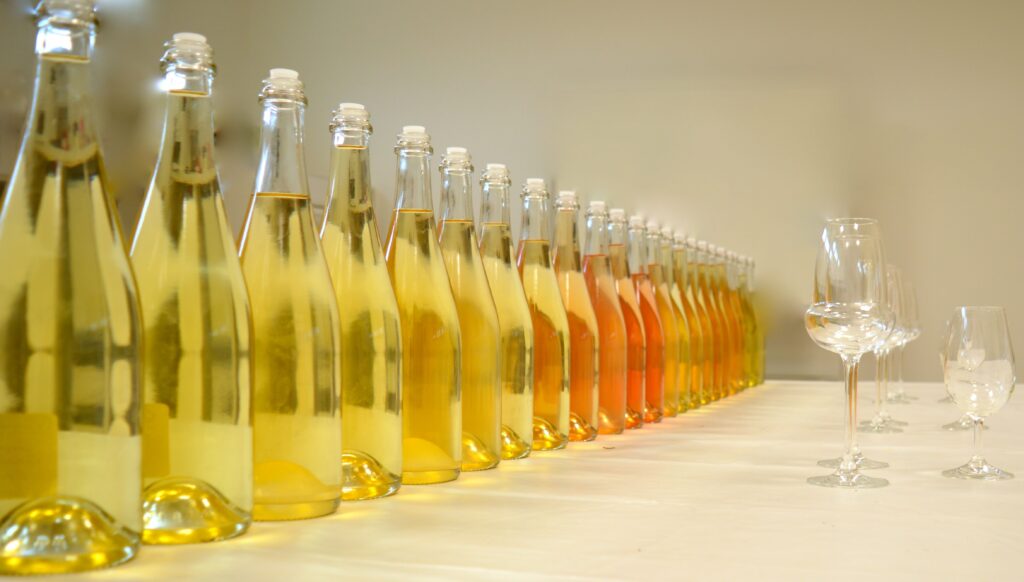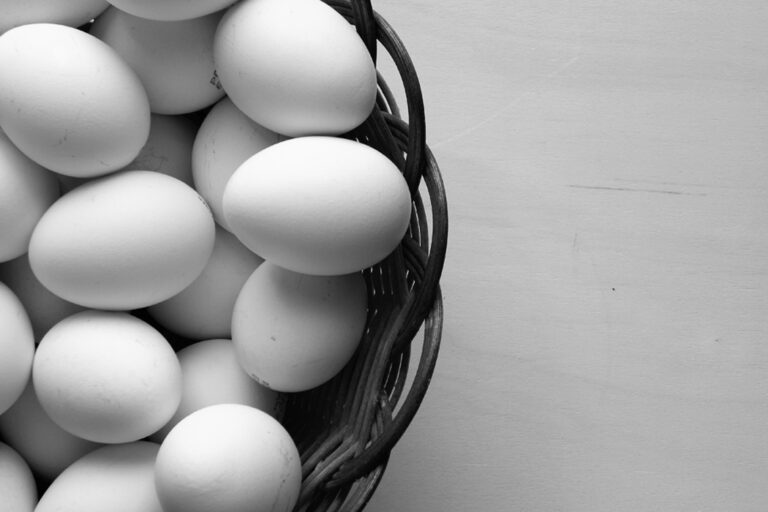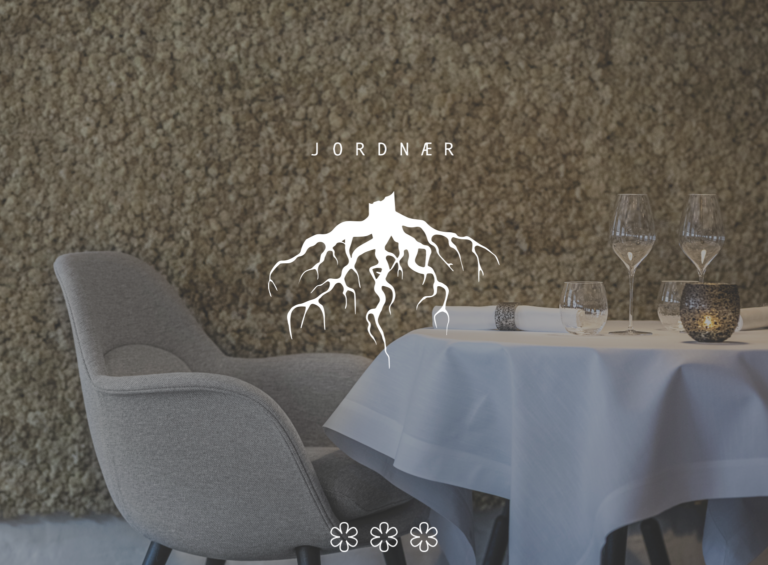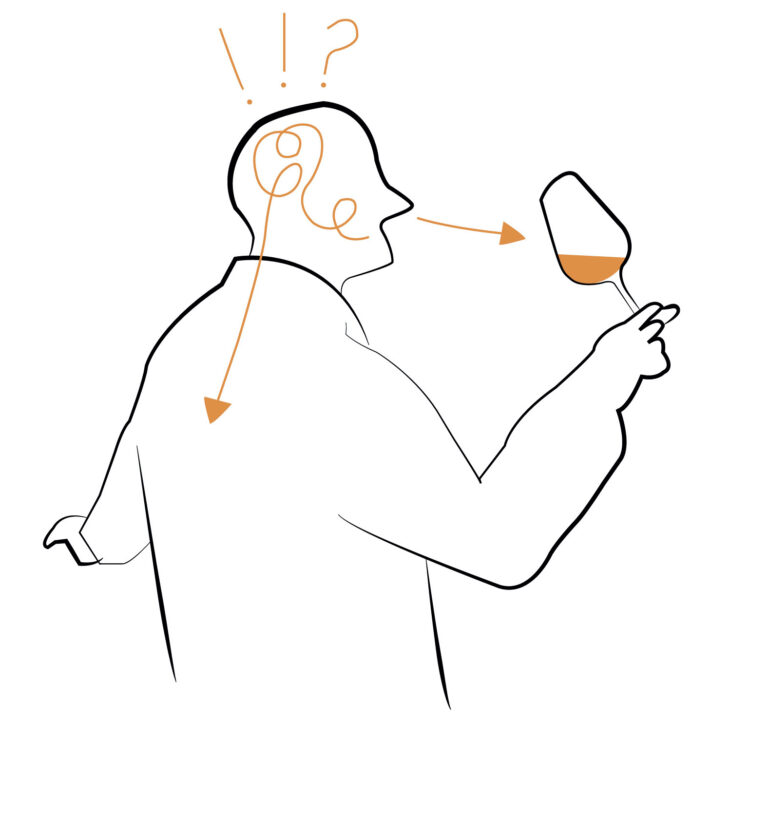Champagne yeast plays a crucial role in turning grape juice into the elegant sparkling wines you enjoy. Comprehending its basics, varieties, and characteristics can enhance your appreciation and knowledge of the winemaking process. [read the full champagne story]
Estimated reading time: 17 minutes

Understanding Champagne Yeast
Champagne Yeast Basics
Champagne yeast, a type of Saccharomyces cerevisiae, is the driving force behind fermentation in sparkling wine production. It works by converting sugars from grape juice into alcohol and CO2, creating the beverages’ distinctive effervescence. These yeasts are selected for their alcohol tolerance and ability to withstand the high-pressure conditions unique to champagne production.
- Role in Fermentation: Primary and secondary fermentations
- Alcohol Production: Converts glucose and fructose into ethanol
- Bubbles: Generates CO2, responsible for sparkling effect
Common Strains of Champagne Yeast
Among the various strains used, EC-1118, also known as Lalvin EC-1118, is one of the most popular for its robustness and versatility.
- Lalvin EC-1118: A widely used strain known for its reliability and high alcohol tolerance.
- Prise de Mousse: Another common strain prized for its consistent performance in traditional champagne making.
Characteristics of Champagne Yeast
The yeast used in champagne production possesses several key attributes that influence the final product’s quality and flavor.
- Flavor Contribution: Yeasts contribute to the wine’s complex flavour profile through ester and phenol production.
- Flocculation: The tendency of yeast cells to clump together and settle out of suspension. High flocculation can aid in the clarification of the wine post-fermentation.
- Attenuation: The degree to which yeast consumes fermentable sugars. High attenuation typically results in a dryer wine with a higher alcohol content.
- Alcohol Tolerance: Determines the yeast’s ability to survive and ferment in varying levels of alcohol. Champagne yeast generally has a high alcohol tolerance, enabling it to function effectively throughout the rigorous fermentation process.
The Science of Fermentation
In champagne production, your understanding of fermentation is crucial as it is the fundamental process that transforms grape must into a sparkling beverage. Mastery of fermentation temperatures and methods ensures the desired flavor profile and effervescence of champagne.
Primary Fermentation Process
The journey to an exquisite bottle of champagne begins with primary fermentation. Here, yeast is added to grape juice containing natural sugars, initiating the fermentation. During this stage, the yeast consumes the sugars and converts them into ethanol and carbon dioxide. This process normally takes place within a temperature range of 12-20°C (54-68°F), which is essential to maintain so that yeast can function effectively.
- Temperature Influence: Ensures proper yeast activity and flavor development.
- Sugars to Ethanol: The yeast metabolism that creates the base wine.
Secondary Fermentation and Methode Champenoise
After the completion of primary fermentation and initial aging, the wine undergoes a secondary fermentation. This is where the traditional méthode champenoise plays a pivotal role. The wine is bottled with an addition of sugar and yeast, known as liqueur de tirage, which starts the secondary fermentation within the sealed bottle. This not only increases alcohol content but is primarily responsible for the prise de mousse, the process that generates the characteristic carbonation of champagne.
- Liqueur de Tirage: A mixture that triggers secondary fermentation.
- Prise de Mousse: The key phase for carbonation development in champagne.
Temperature Influence on Fermentation
The fermentation temperature is a key factor throughout the champagne-making process. For secondary fermentation, especially in the méthode champenoise, temperatures are typically maintained slightly lower than during primary, usually between 10-12°C (50-53.6°F). This temperature range is ideal for a slow fermentation, which is necessary for the delicate development of bubbles and to provide the fine, persistent effervescence desired in high-quality champagne.
- Optimal Range for Secondary: 10-12°C – ensures a slow, controlled bubble formation.
- Influence on Quality: The right temperature affects bubble size and overall mouthfeel.
Optimizing Fermentation Conditions
To create the ideal conditions for champagne yeast to thrive, you need to carefully monitor and adjust several key fermentation parameters. Proper temperature control and the addition of specific nutrients ensure that fermentation proceeds effectively, producing the desired balance of sweetness or dryness in the final product.
Monitoring Fermentation Parameters
You should continuously measure and adjust fermentation parameters to guarantee optimal yeast activity and preserve the quality of the champagne. Focus on:
- Sugar levels: Utilize a hydrometer to track the density of the must, which reflects its sugar content. Aim for specific gravity readings that correspond to your champagne style.
- Fermentation temperature: Maintain a consistent temperature, typically between 12-20°C (54-68°F), using dedicated fermentation temperature controls.
Controlling Temperature
Keeping fermentation temperatures in the correct range is critical. Here’s how:
- Invest in temperature control systems such as cooling jackets or climate-controlled fermentation rooms.
- Implement daily temperature readings to ensure that the must remains within the optimal range.
Remember, too high or too low temperatures can hinder yeast activity or promote unwanted byproducts.
Nutrients and Additives for Healthy Fermentation
Your champagne yeast requires specific nutrients to perform well:
- Use yeast nutrients like diammonium phosphate to promote healthy yeast growth.
- Introduce vitamins and minerals through additives, which can help in preventing stuck fermentations.
By providing the necessary nutrients and monitoring their levels, you ensure a fermentation process that is both consistent and efficient.
Selection and Handling of Yeast
Selecting the appropriate yeast strain and handling it correctly are pivotal steps to ensure the quality of your champagne. Mastery in these areas can prevent contamination and off-flavors, contributing to a premium final product.
Choosing the Right Yeast Strain
When determining the right yeast strain for your champagne, consider the desired flavor profile and fermentation kinetics. Saccharomyces cerevisiae var. bayanus, such as Lalvin EC-1118, also known as Pasteur Champagne, is a popular choice due to its neutral flavor profile and robust fermentation characteristics. This strain is highly tolerant of varying temperature and alcohol levels, making it suitable for a wide range of sparkling wines.
Attributes of Lalvin EC-1118:
- Fermentation Temp Range: 10-30°C (50-86°F)
- Alcohol Tolerance: Up to 18% vol
- Flavor Profile: Neutral, allowing grape characteristics to shine
Preparation and Rehydration of Yeast
Proper rehydration of yeast is essential for a healthy fermentation start. Rehydrate the yeast in a sanitized vessel with water at 40°C (104°F) for Lalvin EC-1118. Follow this process for about 15 minutes to ensure that the yeast cells are fully active before inoculation.
Rehydration Steps:
- Sanitize Vessel: Ensure no contamination risk.
- Water Temperature: 40°C (104°F) for EC-1118.
- Timing: 15 minutes.
Preventing Contamination and Off-flavors
To prevent contamination, sanitize all equipment thoroughly before use. Preventing microbial competition is critical to avoid the production of off-flavors. Be diligent in maintaining a clean environment and monitoring for any signs of unwanted microbial activity during the fermentation process.
Key Practices to Prevent Contamination:
- Sanitization: Use appropriate sanitizing solutions.
- Inspection: Regularly check for signs of contamination.
- Isolation: Keep must and yeast away from potential contaminants.
Harnessing Yeast for Different Wine Styles
When crafting wines, selecting the right yeast strain is critical for achieving the desired style, whether it be sparkling or still, dry or sweet, with specific flavor profiles.
Adjusting Yeast for Sparkling vs. Still Wines
For sparkling wines, a robust yeast capable of undergoing a secondary fermentation in the bottle is essential. This process, known as the traditional method, creates the bubbles that are characteristic of sparkling wines. In contrast, still wines do not undergo this secondary fermentation, and therefore the yeasts used are selected primarily for their fermentation efficiency and the specific sensory attributes they contribute to the wine.
- Sparkling wines: Saccharomyces bayanus or S. cerevisiae var. bayanus strains
- Still wines: S. cerevisiae strains chosen for their fermentation reliability and flavor contribution
Producing Dry and Sweet Wines
The difference between dry and sweet wines is based on the residual sugar content after fermentation. To produce dry wines, yeasts are chosen for their ability to consume most of the sugar, converting it into alcohol and carbon dioxide; this results in a lower residual sugar content. For sweet wines, winemakers might select a yeast strain that has a lower alcohol tolerance, stopping fermentation before all sugar is converted, or they might halt fermentation artificially.
- Dry wines: Complete sugar consumption
- Sweet wines: Partial sugar consumption or fermentation halted
Impact on Flavor and Aroma Profiles
Wine yeast is not only a workhorse for fermentation but also a key player in defining the flavor profile. Certain yeasts can enhance fruity and floral notes, making them a perfect match for fruit wines or floral wines, while others may contribute to the complexity and depth of flavors. Paying attention to the yeast’s impact on the wine’s aroma and flavor is crucial for achieving the intended style.
- Enhancing fruitiness: Strains such as ICV D-47 or Uvaferm VRB
- Enhancing floral notes: Strains like Enoferm M2 or Lalvin QA23
In choosing the appropriate yeast, you influence the final product’s body, mouthfeel, and overall sensory experience, aligning with your winemaking goals.
Beyond Champagne: Yeast Application in Other Beverages
Yeast plays a crucial role in the fermentation process of various beverages, far beyond the realm of champagne. Its role is pivotal in defining the flavor, aroma, and alcohol content. Here, you’ll discover how yeast contributes to the production of ciders, fruit and country wines, and unique fermented drinks like mead.
Yeast in Crafting Ciders
When crafting ciders, your choice of yeast significantly impacts the final outcome. You can select from a variety of yeasts, including:
- Champagne Yeast: Ideal for a dry finish and crisp flavor.
- Ale Yeast: Brings forth fruity notes and a softer, rounded taste.
Using the right yeast cultivates the desired balance between sweetness and acidity, aligning with your preferred cider profile.
Using Yeast for Fruit and Country Wines
For fruit wines and country wines, which are homemade wines usually from fruits, vegetables, or herbs other than grapes, yeast selection is central to the fermentation process. These wines typically benefit from the same strains of yeast used in winemaking, however, Montrachet and Pasture Red are particularly favored for:
- Enhancing natural fruit flavors.
- Adapting to various fruit sugar levels.
Remember, your yeast choice affects not only the fermentation rate but also the stability and clarity of your fruit or country wine.
Mead and Unique Fermented Beverages
Mead, an ancient beverage made by fermenting honey with water, often includes fruits, spices, grains, or hops to create different variations. The type of yeast you employ here can either highlight the honey’s characteristics or introduce new flavors. Commonly used yeasts for mead include:
- WLP720 Sweet Mead Yeast: Promotes a sweet, smooth profile.
- D-47: Helps in preserving the delicate flavors of the honey.
Experimenting with different yeasts allows for a diverse array of mead styles, ranging from dry to sweet, still to sparkling.
The Role of Yeast in Wine Aging and Storage
Yeast plays a crucial role in the development of a wine’s flavor and aroma over time. Here, you will understand how yeast affects the longevity and maturity of the wine, its involvement in bottle aging, and how storage conditions impact its activity.
Yeast’s Influence on Longevity and Maturity
Yeast contributes directly to the aging potential of champagne and other sparkling wines through a process known as autolysis, which occurs during bottle fermenting. As yeast cells die, they release compounds that add complexity and depth to the wine. Your bottle’s ability to mature gracefully depends largely on this interaction between yeast and wine.
Important facts:
- Autolytic breakdown can impart desirable flavors, such as bread, biscuit, or nutty notes.
- The gradual yeast breakdown enhances the wine’s structure, providing balance to the high levels of alcohol.
Bottle Ageing and Yeast’s Role
During bottle aging, the yeast’s effects become more profound. In the traditional method of sparkling wine production, including champagne, bottles are stored horizontally, allowing the wine to remain in contact with yeast lees. This contact ensures a slow evolution of flavors, which is essential for developing the wine’s unique character.
Key aspects:
- On-lees aging: Prolonged contact with dead yeast cells during storage can improve the wine’s texture and complexity.
- Disgorgement: The timing of this process, where the yeast sediment is removed, is essential for determining the intensity of yeast-derived characteristics.
Storage Conditions and Their Effects on Yeast
The environment you store your wine in will significantly influence the yeast’s contribution to wine development. A cool environment is ideal for aging wine, as it slows down metabolic processes, including the rate of autolysis.
Here are optimal conditions for yeast-influenced aging:
| Storage Aspect | Effects on Yeast Activity |
|---|---|
| Temperature | A cool, consistent temperature is key for controlled autolysis. |
| Humidity | Moderate humidity helps maintain cork integrity and prevents unwanted oxygen exposure. |
| Light | Low light conditions protect the wine from UV damage that can degrade desired yeast qualities. |
Maintaining these conditions ensures that the yeast continues to positively affect the wine without premature aging or flavor deterioration.
Regional Influence on Champagne Yeasting
The yeasting process in champagne production is deeply intertwined with the regionality of the grapes and the quintessential characteristics of the Champagne region of France. Your understanding of this process will benefit greatly from grasping the specifics of how the region and local grape varieties guide the selection of champagne yeast.
Champagne Yeast in the Champagne Region of France
In the Champagne region, the unique terroir — a combination of chalky soil, cool temperatures, and optimal growing conditions — plays a significant role in the characteristics of the grape juice that champagne yeast will ferment. The yeast strains used here are selected for their ability to work well with the high-acidity levels found in Chardonnay, Pinot Noir, and to a lesser extent, Riesling. These strains are adept at conducting the two-stage fermentation process essential to champagne production: the initial fermentation that turns grape juice into alcohol, and the secondary fermentation that occurs in the bottle, creating the signature effervescence.
- Primary Attributes of Local Yeast Strains:
- Compatibility with local grape varieties
- Resilience to cooler climate conditions
- Impact on Flavor and Texture:
- Development of fine bubbles
- Preservation of the wine’s delicate bouquet
Adapting Yeast Selection to Regional Grape Varieties
When selecting yeast for champagne production, understanding the regional grape varieties becomes imperative. The majority of champagne is crafted from Chardonnay and Pinot Noir grapes, which dictate the fermentation nuances and the final composition of the champagne.
- Chardonnay:
- Yeasts are chosen for their ability to preserve the grape’s natural acidity and enhance its floral notes.
- Pinot Noir:
- Selected yeasts work toward amplifying the grape’s structure and deeper complexity, ensuring robustness in the blend.
It is important to note that these yeasts must not only be compatible with the high sugar content found in the must (unfermented grape juice) but also need to withstand the stress of secondary fermentation within the bottle. This often involves the production of finer, more persistent bubbles and contributes to the depth and longevity of the wine. Depending on the desired profile of the champagne, yeasts may be selected for their ability to impart subtle brioche-like flavors or contribute to a cleaner, more fruit-forward finish.
Technical Aspects of Champagne Yeasting
To appreciate the complexity of champagne production, it is essential to understand the technicalities of yeast application. Yeast plays a pivotal role in both the development of distinctive flavors and the iconic effervescence of champagne.
Fermentation Kinetics and Yeast Behavior
During the initial fermentation, Saccharomyces cerevisiae, the yeast commonly used in champagne, metabolizes sugars to produce alcohol and CO2. This process, known as alcoholic fermentation, is influenced by factors like temperature and nutrient availability. Your champagne’s profile is partially shaped here, making fermentation kinetics a critical consideration.
- Initial Fermentation: Typically lasts up to two weeks and occurs in tanks.
- Temperature: Kept between 12°C-20°C to manage the rate of fermentation and flavor development.
Signature Bubbles: Carbonation and Yeast
The signature bubbles in champagne result from a secondary fermentation process in the bottle, where added yeast consumes sugar, yielding additional CO2 that becomes trapped, creating carbonation. Bottles are sealed with corks to maintain the internal pressure and carbonation until they are opened.
- Secondary Fermentation: Takes months to years, the basis for signature bubbles.
- Pressure: Builds up to 5-6 atmospheres, turning still wine into sparkling.
Lalvin Strains and Their Specific Uses
Lalvin yeast strains like EC-1118 and D47 are chosen for specific tasks within champagne production. EC-1118 is renowned for its robust fermentation capabilities and is often employed for its ability to ferment under a wide range of conditions. D47 contributes to the sensory profile of champagne with its ability to enhance mouthfeel and complex aromatics.
- Lalvin EC-1118: High alcohol tolerance, ideal for secondary fermentation.
- Lalvin D47: Prefers moderate fermentation temperatures, enhancing body and flavor complexity.
Professional Insights: Industry Perspectives
Understanding the professional landscape of champagne yeast production is critical for you if you’re interested in the intricacies of sparkling wine production or even considering using champagne yeast in your homebrewing endeavors.
Yeast Producers and Market Trends
When considering yeast producers, you should be aware that a handful of companies dominate the market. These entities leverage their extensive experience and capabilities to engineer yeasts that are both robust and capable of creating consistent flavor profiles in champagne. Observe the table below for a succinct view of current market leaders and their respective market share:
| Producer | Region | Market Share |
|---|---|---|
| Lallemand | Global | 30% |
| Fermentis | Global | 25% |
| AB Mauri | Global | 20% |
| Others | Global | 25% |
Market trends indicate a growing demand for organic and natural yeasts, with producers responding by advancing their offerings progressively. The sustainable production of yeast is also a trend, showing sensitivity to environmental stewardship.
Challenges and Innovations in Yeast Cultivation
Your insight into the challenges in yeast cultivation may give you an appreciation for the complexity behind your bottle of champagne. Producers face issues such as maintaining yeast viability during transportation and ensuring consistent performance across different sugar levels and temperatures.
Innovations are robust in response to these challenges. For instance, freeze-drying technology has revolutionized the storage and transportation of yeast, enabling better shelf-life and performance. Genetic research has also led to the development of new yeast strains that can ferment faster, withstand higher alcohol levels, and contribute unique aromas and tastes to the final product.
Homebrewing with Champagne Yeast
For homebrewers, the adoption of cutting-edge champagne yeast strains can elevate the quality of homemade sparkling wines. Here’s a tip list that would be vital to your brewing process:
- Select a suitable strain: Not all champagne yeasts are identical; choose a strain that matches your desired flavor profile and fermentation conditions.
- Proper Rehydration: For optimal results, rehydrate the yeast according to the manufacturer’s recommendations before pitching it into your must or wort.
- Temperature Control: Monitor and control the fermentation temperature rigorously to ensure the yeast performs as expected, preventing off-flavors.
By staying attuned to professional industry perspectives, you benefit from advanced practices developed for high-quality champagne production, which can translate into superior homebrewed beverages.
Wine Chemistry and Yeast Interactions
The transformation of grape juice into wine is a complex chemical process where yeast plays a pivotal role. You’ll discover how yeast interacts with acidity and tannins, influences wine’s color and texture, and balances the sugar levels for flavor development.
Understanding Acidity, Tannins, and Yeast’s Role
Acidity in wine is primarily due to three acids: tartaric, malic, and citric. Yeast affects these acids by converting malic acid into lactic acid during fermentation, which softens the wine’s acidity. This process is vital for wines that may otherwise be too harsh. Tannins, which contribute to the bitterness and astringency in wine, especially in red wines, are also moderated by yeast. The interaction between tannins and yeast can affect the phenolic compounds that precipitate out of the wine, thus impacting its final taste and texture.
Yeast’s Contribution to Wine’s Color and Texture
- Color: Yeast has a role in stabilizing the color of red wine by facilitating the formation of stable pigment compounds during fermentation.
- Texture: Polysaccharides released from the yeast cell walls contribute to the mouthfeel of the wine, giving it body and potentially affecting the perception of tannins.
Yeast selection can therefore be crucial in achieving the desired hue and mouthfeel for both red and white wines. You should consider the variety of yeast strains available that can influence these attributes.
The Balance of Sugars and Yeast in Flavor Development
During fermentation, yeasts convert sugars into alcohol, carbon dioxide, heat, and other compounds that contribute to the wine’s flavor and aroma profile. The balance between residual sugar levels and alcohol content is essential for the wine’s overall character. This balance is managed by choosing the right yeast strain and controlling the fermentation process. For white wines, which are often appreciated for their crispness, a complete fermentation where most sugars are converted may be preferred. In contrast, for some red wines, a certain level of residual sugar can add to the complexity and richness.
It’s imperative to monitor and manage the interaction between yeast and sugar levels throughout fermentation to ensure your wine develops the desired flavor characteristics.
Frequently Asked Questions
This section addresses common inquiries about Champagne yeast, providing insight into its unique properties, selection for wine making, and usage parameters.
What are the characteristics that differentiate Champagne yeast from other yeasts?
Champagne yeast is specifically cultivated for its ability to withstand the high-pressure environment of Champagne production. It is known for its vigorous fermentation capabilities, high alcohol tolerance, which typically exceeds 10% ABV, and ability to retain delicate aromas that are essential for fine sparkling wines.
How should one select the appropriate yeast strain for making Champagne?
Selecting the appropriate yeast strain involves considering the desired flavor profile, fermentation kinetics, and the yeast’s tolerance to variables like alcohol and temperature. It’s advisable to choose a strain that enhances the natural qualities of the grape, provides consistent fermentation, and can survive until secondary fermentation in the bottle.
What is the recommended amount of Champagne yeast to use during fermentation?
The recommended amount of Champagne yeast typically ranges from 5 to 20 grams per hectoliter of must, depending on the specific strain’s instructions and the characteristics of the base wine. Precise measurements are crucial for optimal fermentation and to avoid off-flavors.
Which Champagne yeast strain is considered the best for wine making?
While “best” is subjective and depends on personal preference and wine characteristics, strains like EC-1118 are widely respected for their neutral profile, strong fermentative power, and versatility in enhancing the wine’s natural flavors.
Can you provide a comparison chart of Lalvin yeast strains for making Champagne?
| Strain | Alcohol Tolerance | Flavor Profile | Fermentation Rate | Temperature Range |
|---|---|---|---|---|
| EC-1118 | 18% | Neutral | Very Fast | 10°C – 30°C |
| DV10 | 18% | Neutral | Fast | 10°C – 30°C |
| BRG | 15% | Fruit-forward | Moderate | 15°C – 30°C |
This chart provides a general comparison; specific fermentation behaviors may vary based on conditions and must composition.
What are the low attenuation wine yeasts suitable for Champagne production?
Low attenuation wine yeasts such as the Lalvin 71B strain can be used for Champagne production to produce wines with higher residual sugars and a fruitier profile. They ferment less sugar into alcohol, allowing for a softer mouthfeel and a more approachable character.





